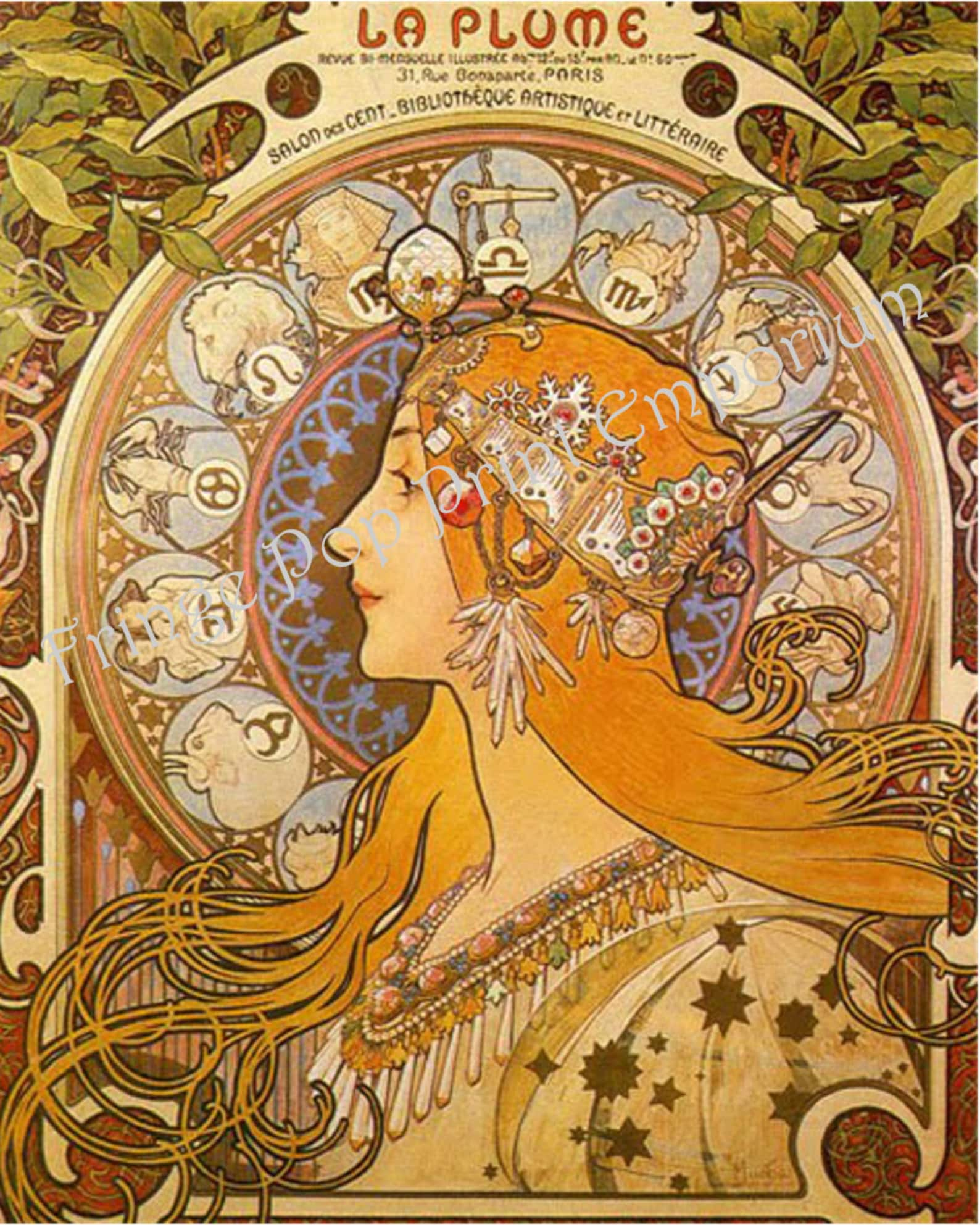

In the elegant Avenida Alvear, between Callao and Rodríguez Peña, you can find the Llobet residence, constructed at the start of the 20th century with a Viennese Sezessionstil influence in its geometric lines.Ī similar but more ornamented style can be seen in the rental property at Salmún Feijóo 730 over in the Barracas neighbourhood. Just as art nouveau influenced the design of these large buildings, it was also present in private homes, some of which have immense architectural value. In 1906, another Frenchman, Louis Dubois, had been charged with designing the art nouveau Hotel Chile on Avenida de Mayo, with its French balconies and characteristic widening of the upper floors. The Frenchman Eduardo Le Monnier inaugurated the construction in 1915. The protuding tower has a lighthouse topped with an illuminated glass sphere, while the main body of the building is reminiscent of a ship. In the Puerto Madero neighbourhood, the asymmetrical Yacht Club Argentino stands out over the river on the northern dock (Dársena Norte). While art nouveau facades tend to be characterised by their colours, shapes and bas-reliefs, there also exist more sober designs in concrete and iron, but maintaining the curved terminations. One of the highlights of this residential building is the three-storey dome. The second building is on the corner of the block and can be identified by the legend written in Catalan across the facade: “No hi ha somnis impossibles” (There are no impossible dreams). The decoration is completed with artistic ironwork and motifs from nature. The curved lines extend over the three floors, the walls, balconies, internal corridors and even the railings.


ART NOUVEAU ARQ WINDOWS
This rental building has an undulating facade, central axis and bow windows in the centreo. One of the buildings is called Palacio de los Lirios, the palace of the lilies. You'll find the city's prime examples of art nouveau in this block at around number 2000 Avenida Rivadavia, in the very centre of the city. On the same block, less than 100 metres from each other, are two notable buildings built by Eduardo Rodríguez Ortega, again following the style of the great Catalan architect Gaudí. Highlights include the stained glass in the bar, the skylight in the foyer and the columns with capitals. Some time later, the architects Juan García Núñez and Eugeni Camplloch, followers of the Catalan Antoni Gaudí, carried out rennovations that contrasted strongly with the Italianate style of the area. The Casal de Catalunya, built in 1889, for many years helped immigrants from Catalonia connect with Argentine society. Art nouveau El art nouveau spread throughout the world, and in Buenos Aires, immigrants found this style to be a way to oppose the French academic style that characterised the local bourgeoisie. At the start of the 20th century, many cities began to see the emergence of a more modern, jovial style, with more freedom from the classical rules.


 0 kommentar(er)
0 kommentar(er)
